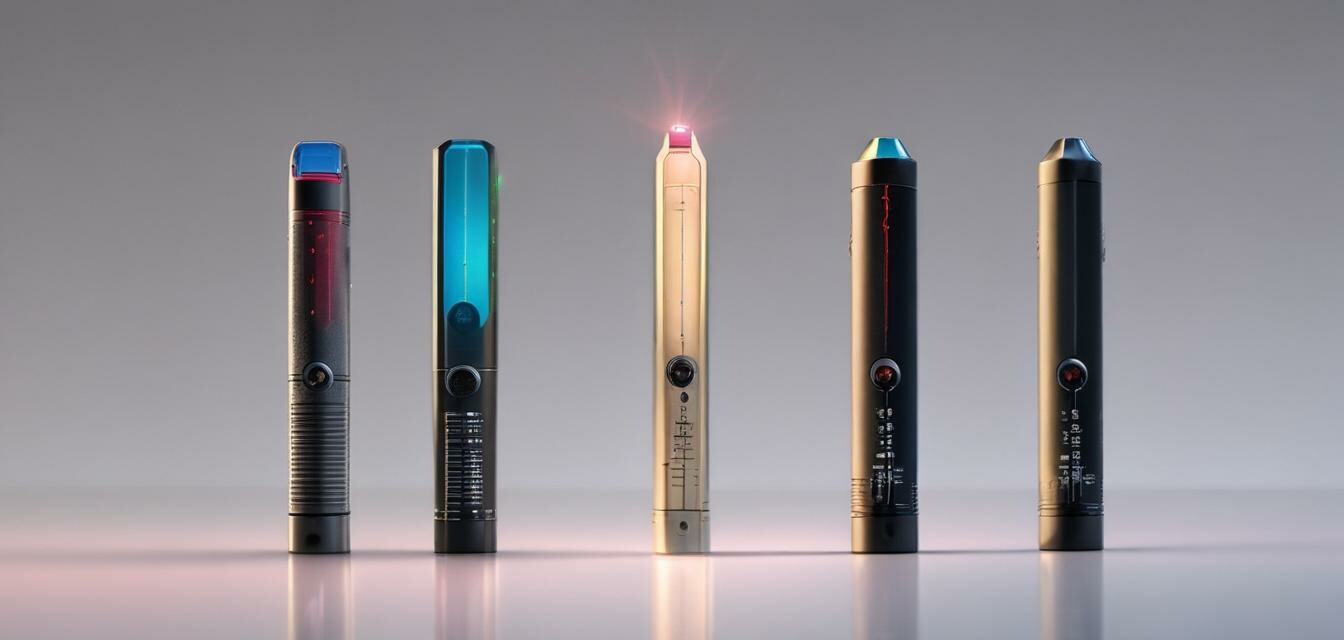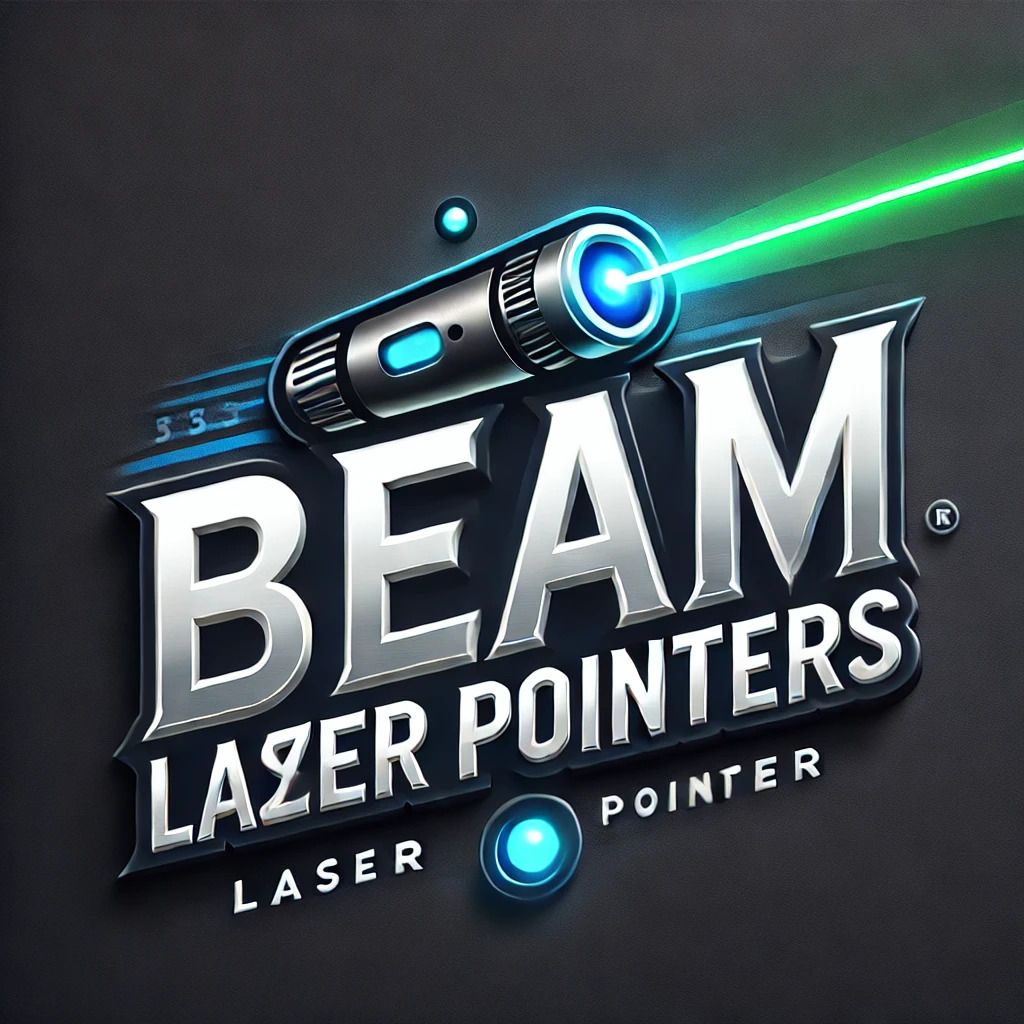
The importance of beam distance and width in laser selection
- Beam distance and width significantly impact laser pointer effectiveness.
- Select a laser based on intended use: presentations, astronomy, or tactical applications.
- Understanding technical specifications helps ensure optimal performance and safety.
- Different laser classes indicate varying power levels and uses.
- Regular maintenance and proper usage maximize the lifespan of your laser pointer.
Introduction
Choosing the right laser pointer can make a significant difference, especially when it comes to functionality and performance. Among the many factors to consider, beam distance and width are crucial elements that determine how well the laser will perform in various applications. Whether you're using a laser for presentations, outdoor activities, or technical purposes, understanding these attributes will help you select the perfect device for your needs.
What Are Beam Distance and Width?
To make an informed choice, it's essential to understand the definitions of beam distance and beam width:
- Beam Distance: This refers to the maximum distance a laser can effectively project its beam before it dissipates to a point where it is no longer useful. A longer beam distance means the laser can be seen or used effectively over greater distances.
- Beam Width: Beam width is the diameter of the laser beam at a specific distance. A narrower beam width generally provides greater precision, while a wider beam may be better suited for visibility in larger areas.
Factors Influencing Beam Distance and Width
Several factors play a role in determining the beam distance and width of a laser pointer:
- Power Output: Measured in milliwatts (mW), higher power output usually translates to longer beam distances.
- Lens Design: The quality and design of the lens affect how the light is focused.
- Wavelength: Different wavelengths result in varying visibility levels; for instance, green lasers are typically more visible than red lasers at the same power.
- Environmental Conditions: Factors like fog, haze, or other atmospheric conditions can influence visibility and effectiveness.
Application-Based Selection of Laser Pointers
Different applications may require specific beam distances and widths. Here are some examples:
| Application | Recommended Beam Distance | Recommended Beam Width | Additional Notes |
|---|---|---|---|
| Presentation | Up to 300 feet | Wide (1-2 inches) | Focus on visibility for larger audiences |
| Astronomy | Over 1 mile | Narrow (less than 1 inch) | Precision required for pointing out stars |
| Tactical | 300-500 yards | Medium (1 inch) | Requires quick target acquisition |
Choosing the Right Laser Class
Lasers are classified by various classes indicating their power levels and associated safety guidelines. Here's a brief overview:
| Class | Power Output (mW) | Safe Usage | Common Uses |
|---|---|---|---|
| Class 1 | ≤ 0.39 | Safe under all conditions | Classroom and presentations |
| Class 2 | ≤ 1 | Safe if visible | Pointing and indicating |
| Class 3R | 1 - 5 | Avoid exposure | Hobbyist use and light shows |
| Class 3B | 5 - 500 | Can cause eye injury | Industrial and scientific applications |
Safety Guidelines When Using Laser Pointers
When handling laser pointers, consider the following safety guidelines:
- Never point a laser at people or animals.
- Use protective eyewear if necessary.
- Ensure the device is approved for safety standards.
- Store the laser pointers properly when not in use.
Maintenance for Optimal Performance
To ensure your laser pointer remains in good working condition, adhere to these maintenance tips:
- Clean the lens regularly to avoid distortion.
- Check battery levels and replace when needed.
- Avoid exposing the device to extreme temperatures or moisture.
Conclusion
Understanding beam distance and width is essential for selecting the right laser pointer for your needs. Different applications require different laser specifications, informing you about how well your device can perform. On top of that, abiding by safety guidelines and maintenance practices will ensure that you get the most out of your equipment. With this guide, you should be better equipped to navigate your choices in the laser pointer market.
Tips for Beginners
- Start with a low-power laser to understand its functions before moving to higher classes.
- Familiarize yourself with your laser pointer's specifications and safety features.
- Join online forums or communities focused on laser technologies to learn from others' experiences.
Pros
- Enhanced visibility over long distances
- Versatile applications ranging from education to industry
- Variety of options catering to different needs
Cons
- Potential safety hazards if misused
- Higher-quality models can be expensive
- Understanding specifications can be confusing for beginners
More Resources
For further reading and insights, check out our other articles:



